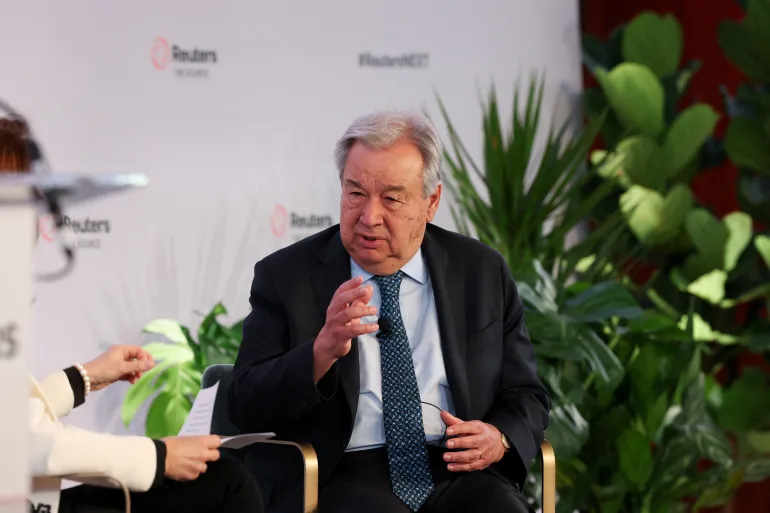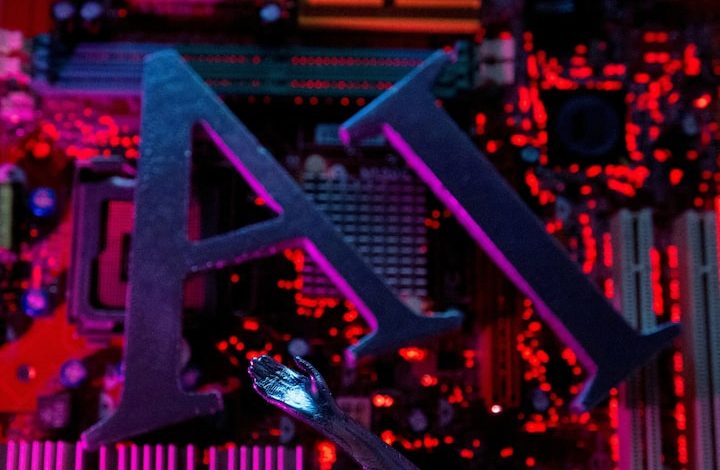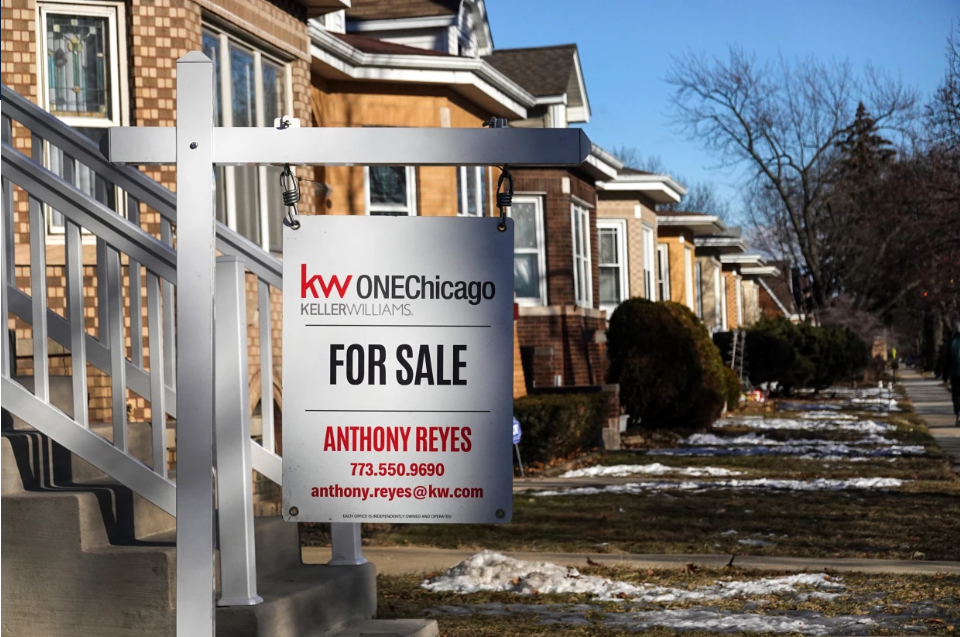NBC News, the Financial Times, and Reuters contributed to this report.
The AI gold rush has turned markets into a high-wire act. Even after recent wobblers, major US indexes are still hovering near record highs, largely thanks to tech names riding the generative-AI wave. That’s fueled the familiar question: are we inflating another bubble that pops and takes the economy with it?
Plenty of pros say not so fast.
In a Thursday note bluntly titled “AI Spending Is Not Too Big,” Goldman Sachs economist Joseph Briggs argued that the billions pouring into data centers — good old capex — look sustainable. His case: AI apps are already unlocking real productivity gains that can pad profits, and the heavy compute needed to run them still pencils out as those apps get smarter. Tally it up, and Briggs thinks US companies could wring as much as $8 trillion in new revenue from AI over time.
“The economic value on offer justifies today’s infrastructure spend,” he wrote, with the caveat that investment remains sensible only if companies expect outsize long-run returns.
Translation: keep building, as long as the payoff keeps compounding.
That view has big-name backing. JPMorgan Chase CEO Jamie Dimon likened AI to the early internet — yes, it had a bubble, but it also rewired the economy.
“You can’t look at AI as a bubble, though some of these things may be in the bubble. In total, it’ll probably pay off,” he said at a Fortune event.
Markets are behaving like they agree — at least for now. On Thursday, chip giant TSMC, a key supplier to Nvidia and a who’s-who of the smartphone world, reported record profits and surging sales. CEO C.C. Wei told analysts the “megatrend” is only strengthening, calling semiconductors a fundamental enabler of AI. That gave tech stocks another shove higher.
Still, the froth is visible from space. A BofA fund manager survey shows a slim majority calling AI stocks a bubble. The American Association of Individual Investors says bullish sentiment slipped below its long-run average, and 55% of respondents think “stocks in general are overvalued.” The Bank of England has warned that a souring mood on AI could spark a sharp global correction with “material” spillovers.
In private markets, the stakes are wilder. Venture firms have funneled an enormous share of new money into AI, minting sky-high valuations — sometimes 100x recurring revenue — for a small pack of headline start-ups. OpenAI, Anthropic, xAI and others have seen their marks rocket, while infrastructure deals have added hundreds of billions in market cap to public suppliers like Nvidia, AMD, Broadcom and Oracle. The risk: if the demand those start-ups are dangling doesn’t arrive fast enough, that halo could dim — quickly.
Even true believers admit there’ll be wreckage.
“Someone is going to lose a phenomenal amount of money,” OpenAI’s Sam Altman said earlier this year, while adding that many will also make a phenomenal amount.
Salesforce’s Marc Benioff put it more bluntly: expect casualties — and a lot of value creation on the other side.
Back to Goldman’s Briggs: he doesn’t opine on whether AI-linked stocks themselves have room to run, and he cautions that early winners in share price terms won’t necessarily be the long-term champions. Timing, regulation and competitive dynamics decide who actually captures the profits from all this plumbing. He also notes computing costs should fall, which will make parts of today’s spending spree look rich in hindsight. But even with a slower adoption curve and a conservative 15% productivity bump, he says the investment math still works. Spending should cool as the build-out matures and hardware gets cheaper, but the backdrop remains supportive.
Others echo that nuance. ABB’s CEO Morten Wierod says this isn’t a bubble so much as a capacity crunch — there aren’t enough people or resources to erect all the new facilities as fast as companies want. IMF chief economist Pierre-Olivier Gourinchas sees dot-com parallels but says any AI bust is less likely to become systemic because it isn’t debt-fueled. Jeff Bezos points out that hype floods every experiment with capital; the shakeout is messy, but society often keeps the gains.
So where does that leave investors? Somewhere between FOMO and risk management. UBS strategists note that many who call it a bubble are still holding AI exposure, betting we’re not at peak mania. TV’s Jim Cramer compares the moment to the railroad age: not every track layer survives, but the network changes everything — and the winners win big.
The simplest takeaway might also be the most uncomfortable: AI is simultaneously overhyped in places and underpriced in others. The spend is real, the productivity story is credible, and the competitive field is brutal. If Briggs is right, the capex binge has legs because the payback is there. If the skeptics are right, the come-to-Jesus moment will thin the herd without sinking the whole market.
In the meantime, you can see AI’s most tangible impact right now — on your portfolio. Despite the jitters, the indices near all-time highs tell their own story: the AI trade is still doing a lot of heavy lifting.










The latest news in your social feeds
Subscribe to our social media platforms to stay tuned